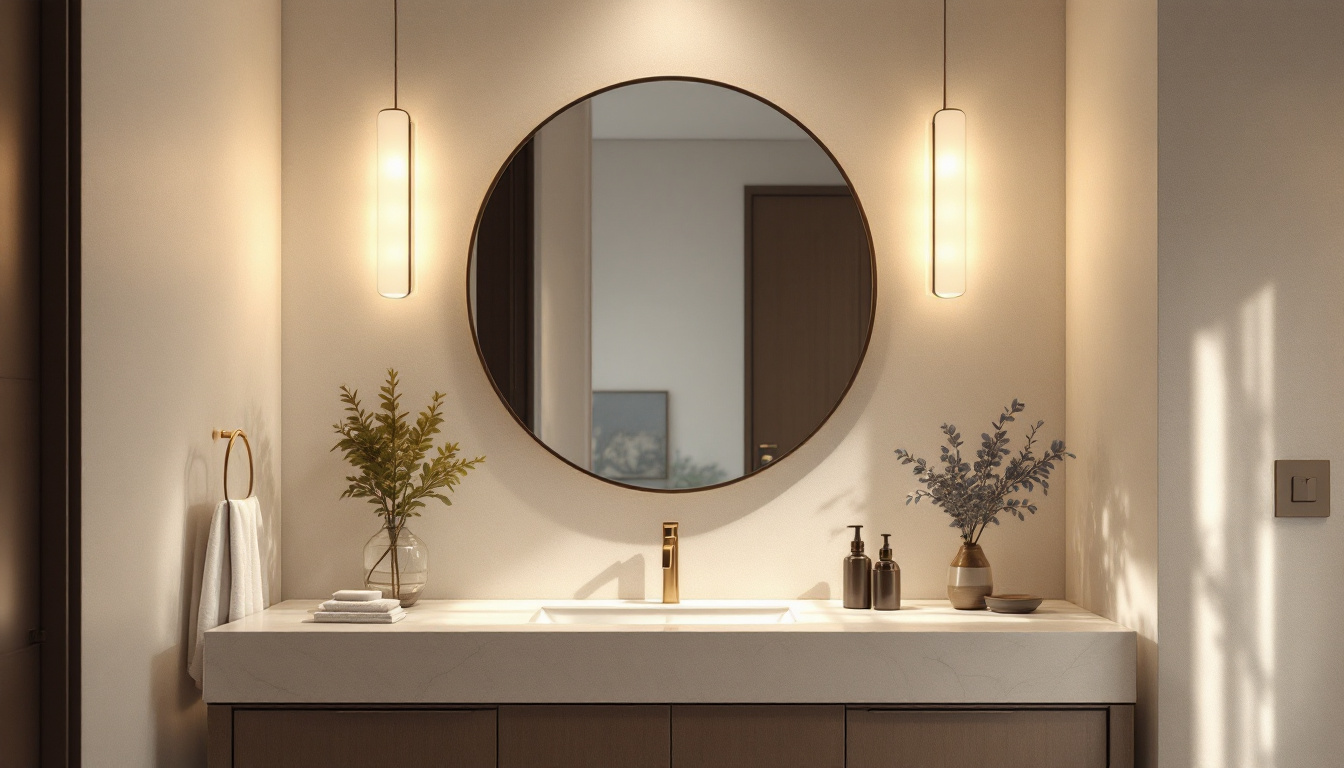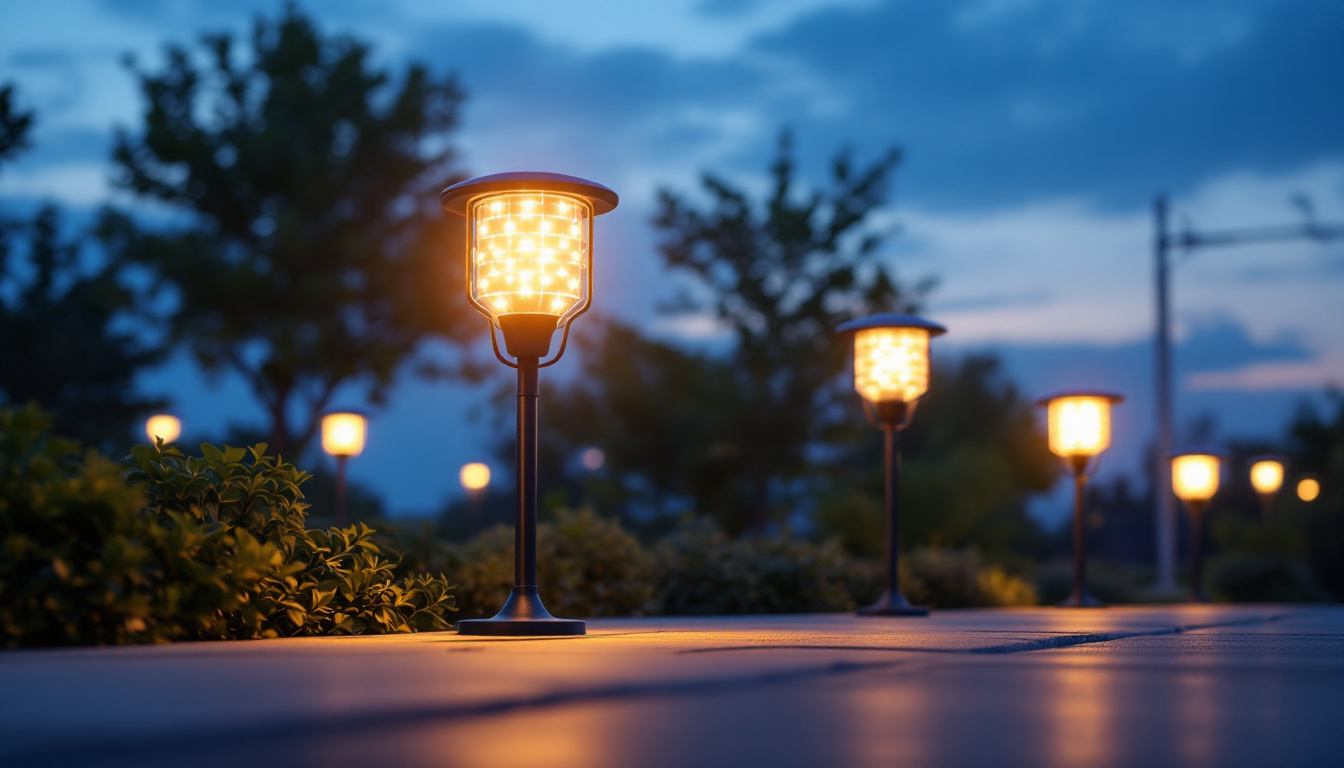
For lighting contractors, familiarity with bulb types is fundamental to delivering quality service and ensuring client satisfaction. Among the myriad of bulb shapes and sizes available, the A19 bulb stands out as one of the most commonly used and recognized forms. But what exactly defines an A19 bulb, and why is it often referred to as a “standard” bulb?
The designation “A19” refers to a specific shape and size in the industry-standard bulb nomenclature. The letter “A” stands for “arbitrary” or “archetypal,” indicating the classic pear-shaped light bulb that has been a staple in residential and commercial lighting for decades. The number “19” represents the diameter of the bulb at its widest point, measured in eighths of an inch. Therefore, an A19 bulb is approximately 2.375 inches (or 60 millimeters) in diameter.
This size and shape have become the default choice for many lighting applications due to their versatility, compatibility with a wide range of fixtures, and balanced light distribution. For lighting contractors, understanding this standard helps streamline the selection process and ensures that replacements and installations meet client expectations.
In addition to its physical dimensions, the A19 bulb is available in various wattages and technologies, including incandescent, LED, and CFL options. This variety allows contractors to tailor their lighting solutions to specific needs, whether it’s for energy efficiency, brightness, or color temperature. For instance, LED A19 bulbs have gained immense popularity due to their long lifespan and lower energy consumption, making them an eco-friendly choice that appeals to environmentally conscious clients. Moreover, the ability to choose between warm white and cool white light further enhances the customization options available to contractors, allowing them to create the perfect ambiance for any space.
Furthermore, the A19 bulb’s widespread adoption is reflected in its compatibility with numerous dimming systems and smart home technologies. Many modern A19 LED bulbs are designed to work seamlessly with smart home hubs, enabling users to control their lighting through mobile apps or voice commands. This integration not only enhances convenience but also allows for dynamic lighting scenarios that can adapt to different activities or moods throughout the day. As the demand for smart lighting solutions continues to rise, understanding the capabilities and features of A19 bulbs becomes increasingly important for lighting contractors aiming to stay ahead in a competitive market.
Lighting contractors often encounter situations where the A19 bulb is the preferred or required choice. Its ubiquity is not accidental but rather a result of several practical advantages that make it indispensable.
The A19 bulb fits into the most common socket type, the E26 medium base in North America (or E27 in other regions), which is widely used in household fixtures, ceiling fans, lamps, and recessed lighting. This compatibility reduces the need for specialized fixtures or adapters, simplifying installation and maintenance.
Furthermore, A19 bulbs are available in a variety of lighting technologies, including incandescent, compact fluorescent (CFL), and light-emitting diode (LED), allowing contractors to tailor solutions based on energy efficiency, brightness, and color temperature preferences. This versatility extends beyond just the type of bulb; A19 bulbs can also be found in various finishes and color temperatures, from warm white to cool daylight, enabling contractors to create the perfect ambiance for any space. Whether illuminating a cozy living room or a bright workspace, the A19 bulb caters to diverse aesthetic and functional needs.
While the traditional incandescent A19 bulb was once the standard, modern lighting has shifted towards LED technology. LED A19 bulbs offer significant energy savings—up to 80% less energy consumption compared to incandescent counterparts—while maintaining similar light output and form factor. This shift aligns with increasing regulatory standards and client demand for sustainable solutions.
Lighting contractors who understand the specifications and performance characteristics of A19 LED bulbs can better advise clients on cost savings, lifespan, and environmental impact, positioning themselves as knowledgeable professionals in a competitive market. Moreover, the longevity of LED A19 bulbs, often exceeding 25,000 hours, dramatically reduces the frequency of replacements, which not only saves money but also minimizes waste. This aspect is particularly appealing to eco-conscious clients who are increasingly prioritizing sustainability in their purchasing decisions. Additionally, the advancements in smart technology have led to the development of smart A19 bulbs that can be controlled via mobile apps or voice commands, allowing for enhanced convenience and customization in lighting design.
To effectively work with A19 bulbs, contractors must grasp the technical details that affect performance and suitability for various applications.
As mentioned, the A19 bulb has a diameter of approximately 2.375 inches. This standardization ensures that it fits most fixtures designed for medium base bulbs. The E26 base is the most common in residential and commercial settings in North America, while E27 is prevalent internationally. Being aware of these base types prevents compatibility issues during installations.
The lumen output of A19 bulbs varies widely depending on the technology and wattage. For example, a traditional 60-watt incandescent A19 bulb produces roughly 800 lumens, which is a common benchmark for general lighting purposes. LED A19 bulbs can achieve the same lumen output with wattages as low as 8 to 12 watts, offering substantial energy savings.
Lighting contractors should consider the required brightness levels for specific projects and select A19 bulbs accordingly, ensuring adequate illumination without excessive energy use.
Color temperature, measured in Kelvins (K), affects the ambiance of a space. A19 bulbs are available in a range of color temperatures—from warm white (2700K) to daylight (5000K or higher). Contractors should match the color temperature to the intended environment, whether it’s a cozy residential setting or a bright commercial workspace.
The Color Rendering Index (CRI) is another critical factor, indicating how accurately a light source reveals colors compared to natural light. A CRI of 80 or above is generally recommended for most applications, with higher values preferred in retail or design-focused environments.
Lighting contractors encounter A19 bulbs in a variety of scenarios, making it essential to understand their practical uses and limitations.
In homes, A19 bulbs are the go-to choice for general-purpose lighting. They are commonly installed in ceiling fixtures, table lamps, wall sconces, and pendant lights. Their balanced light distribution and familiar shape make them ideal for living rooms, bedrooms, kitchens, and hallways.
Contractors often recommend LED A19 bulbs in residential projects to enhance energy efficiency and reduce maintenance frequency due to their longer lifespan.
While commercial environments may require specialized lighting solutions, A19 bulbs still find use in break rooms, conference rooms, and decorative fixtures. Their cost-effectiveness and ease of replacement make them a practical choice for contractors managing maintenance in existing facilities.
One of the most frequent tasks for lighting contractors is retrofitting older fixtures with modern bulbs. The A19 bulb’s standard size and shape facilitate straightforward replacements, especially when upgrading from incandescent to LED technology. This compatibility minimizes the need for fixture modifications, reducing labor time and project costs.
Beyond understanding the A19 bulb itself, lighting contractors rely on a suite of tools to ensure accurate installation, maintenance, and troubleshooting.
A reliable multimeter is indispensable for verifying voltage, current, and continuity in lighting circuits. This tool helps contractors diagnose electrical issues that may affect bulb performance or safety, ensuring that A19 bulbs operate within specified parameters.
Socket testers are specialized devices that quickly assess the wiring and functionality of light sockets. Using a socket tester can prevent improper installations and identify potential hazards before inserting an A19 bulb.
To measure illumination levels accurately, a light meter allows contractors to verify that lighting meets design specifications and regulatory standards. This is particularly useful when selecting A19 bulbs with appropriate lumen output for a given space.
For installations in hard-to-reach fixtures, bulb changer tools equipped with suction cups or gripping mechanisms enable safe and efficient replacement of A19 bulbs without ladders or scaffolding, improving safety and productivity.
Adhering to industry best practices ensures quality outcomes and client satisfaction when working with A19 bulbs.
Before installation, confirm that the fixture supports the bulb’s wattage and base type. Overloading a fixture can cause overheating and reduce bulb lifespan, while incompatible bases prevent proper installation.
Temperature, humidity, and exposure to elements affect bulb performance. For example, some LED A19 bulbs are rated for damp or wet locations, which is crucial information for contractors working in bathrooms or outdoor fixtures.
Providing clients with information about the benefits of LED A19 bulbs, including energy savings, longer lifespan, and reduced maintenance costs, can influence purchasing decisions and enhance the contractor’s reputation as a trusted advisor.
Keeping a stock of popular A19 bulbs in various wattages and color temperatures allows contractors to respond quickly to client needs and complete projects efficiently.
The A19 bulb remains a cornerstone in the lighting industry due to its standardized size, shape, and broad compatibility. For lighting contractors, mastering the technical specifications, applications, and best practices related to A19 bulbs is critical for delivering effective, efficient, and client-focused solutions.
Coupled with essential tools such as multimeters, socket testers, and light meters, contractors can confidently manage installations, replacements, and upgrades involving A19 bulbs. Embracing advancements in LED technology within the A19 form factor further positions contractors at the forefront of energy-efficient lighting solutions.
Ultimately, understanding whether the A19 is a standard bulb—and why it holds that status—empowers lighting professionals to make informed decisions, optimize project outcomes, and maintain a competitive edge in the evolving lighting market.
Ready to stock up on A19 bulbs for your next lighting project? Look no further than LumenWholesale, where we offer an extensive selection of spec-grade lighting products at wholesale prices that can’t be beaten. Say goodbye to middleman markups and hello to high-performance, reliable lighting that meets the highest industry standards. Plus, with free shipping on bulk orders, you’ll enjoy premium lighting solutions at the best value — without any hidden fees. Make the smart choice for quality, affordability, and convenience. Visit LumenWholesale today and experience the difference in your lighting contracting work.

Discover essential insights into under shelf lighting with our comprehensive guide tailored for lighting contractors.

Discover the rising significance of vanity light fixtures in the lighting industry.

Discover essential tips and expert advice for lighting contractors on selecting and installing 2X2 flat panel LED lights.

Discover why solar panel lights are revolutionizing outdoor lighting projects and becoming essential for every lighting contractor.